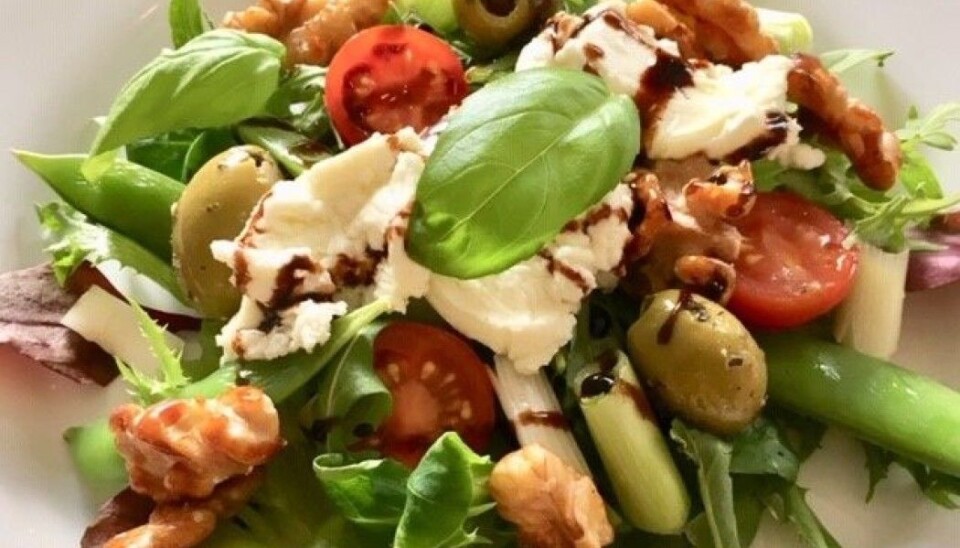
Modern-day Vikings (and their neighbours) eat dinner at home
How have the eating habits of the Nordic countries changed over the decades? Mostly for the better, but with a few exceptions, a new study has shown.
Food traditions are understandably place-based. After all, people wouldn’t make curry with coconut milk two centuries ago in the Nordic countries since these were cooking techniques and spices that weren’t well known or available.
But globalization over the last few decades has brought a flood of Tex-Mex and green curry sauce to Scandinavian stores, along with a growing awareness that for health and other reasons, red meat shouldn’t necessarily be the first choice for dinner. How does that translate into changing food habits in the Nordic countries?
Researchers asked Norwegians, Swedes, Danes and Finns about their eating habits in 1997, and again in 2012. A total of 13,000 inhabitants in the four countries responded to the study, of which 8,000 responded in 2012. A new book that summarizes their findings has just been published.
Tradition rules
Have people living in Nordic lands rejected traditional foods in preference for exotic dishes from other continents that they eat as take-out, or in a restaurant?
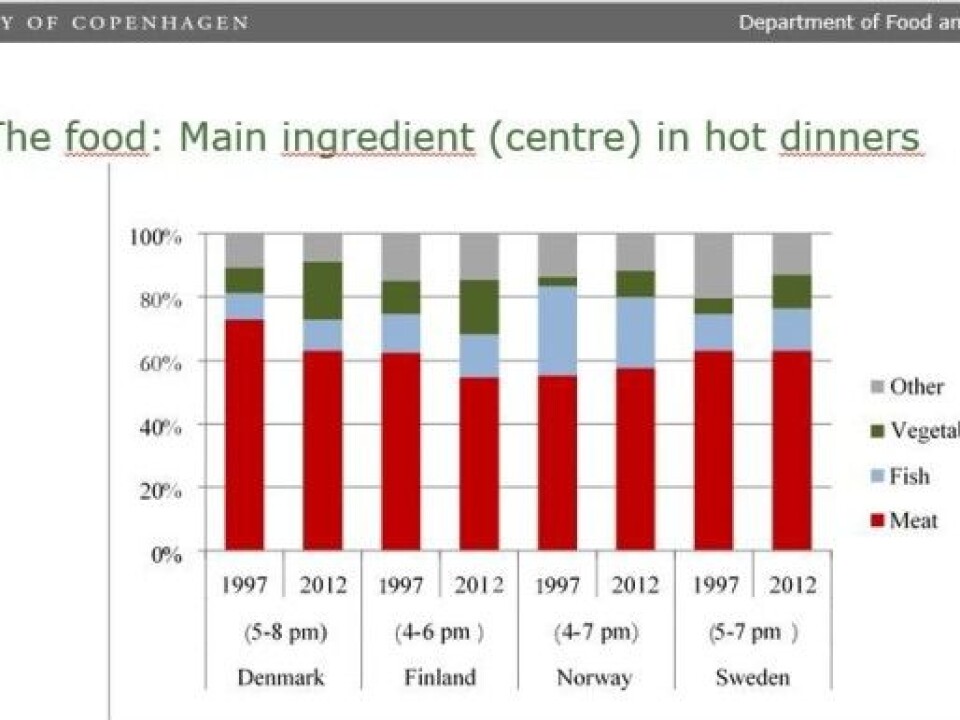
Nope.
Eating habits in the Nordic countries are remarkably stable, the researchers found.
One of the few, clear changes the researchers documented is that more and more men are making dinner. It is also more common for partners to cook together.
Cakes on the decline
Some of the other changes the researchers documented over the 15-year period:
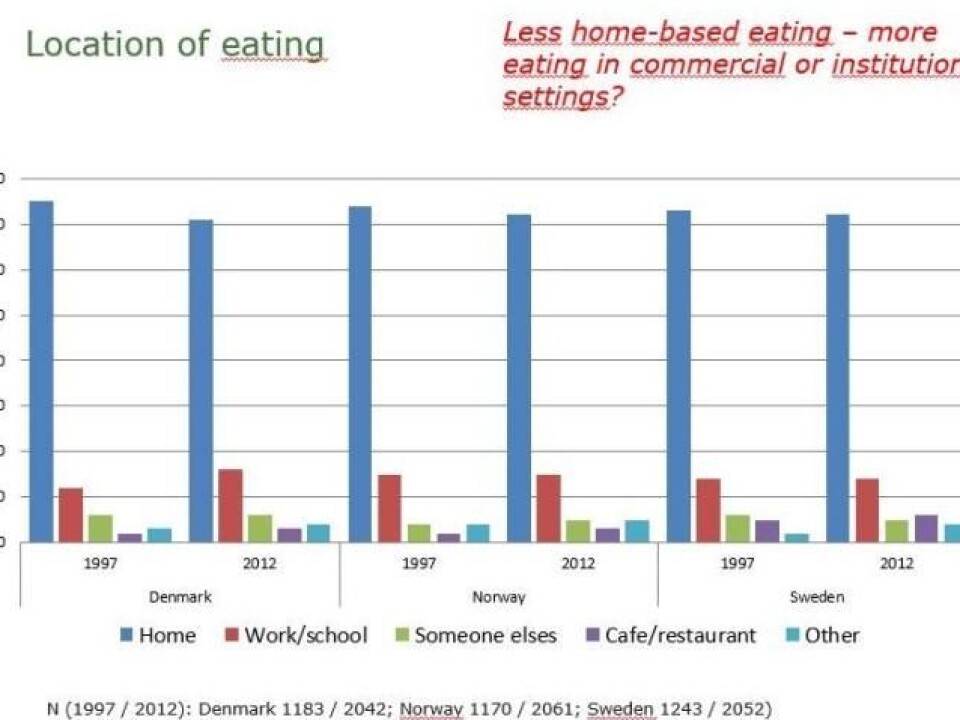
- Food cultures in the different Nordic countries are becoming more similar.
- People don’t drink milk as they once did at lunch and dinner — now the beverage of choice is water — or alcohol.
- Meat remains the centre of the dinner meal.
- People are eating more vegetables.
- People tend to eat less food at the weekend.
- More are dining out in restaurants.
- More drink alcohol with dinner at the weekend.
- More tend to eat in a less healthy, unstructured way.
- Cakes are out, snacks are in.
Meat dominates, vegetables on the way up
Eeating vegetarian dishes for lunch is much more common than 15 years ago, the researchers said. Vegetables are on the rise, but meat still dominates for dinner.
“Hamburger or mincemeat in different forms is still popular in all four countries because it is so useful. It can be fried and used in different casseroles,” said researcher Unni Kjærnes at Oslo Metropolitan University’s Sifo Consumer Research Institute.
Norwegians typically use mincemeat to make spaghetti with meat sauce, tacos and pizza. In Finland, a baked casserole of macaroni, minced meat, milk and eggs is popular.
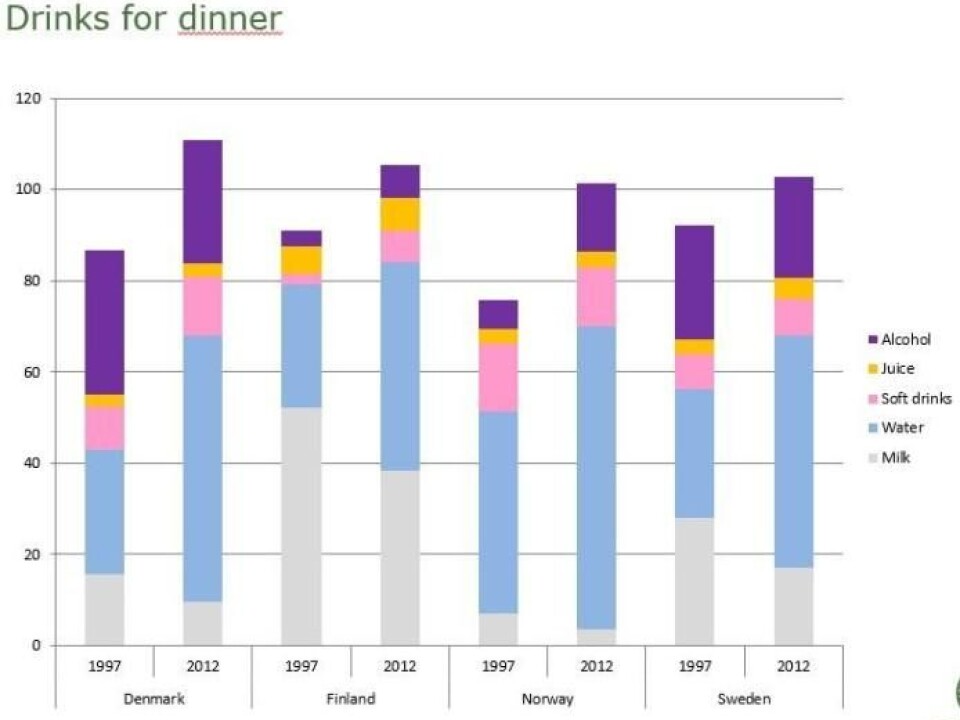
Chicken is also very popular, both roasted whole and in dishes inspired by non-Nordic cultures.
“Norwegians do not eat much foreign food. We say in surveys that we eat foreign food, but that’s probably when we are on holiday. At home we eat Thai dishes at most every other Saturday, which is not that often,” said Runar Døving, a professor at Kristiania University College who has previously studied the topic at Sifo.
Fish cakes, cabbage, pea soup and liver
Norwegians eat more fish than the other Nordic countries. Fish remains popular, especially in Norway and Denmark, where fish balls and fish cakes are eaten. Finns and Swedes are more likely to use fish in soups or baked.
Although eating habits have become quite similar in the Nordic countries, some traditional dishes have survived.
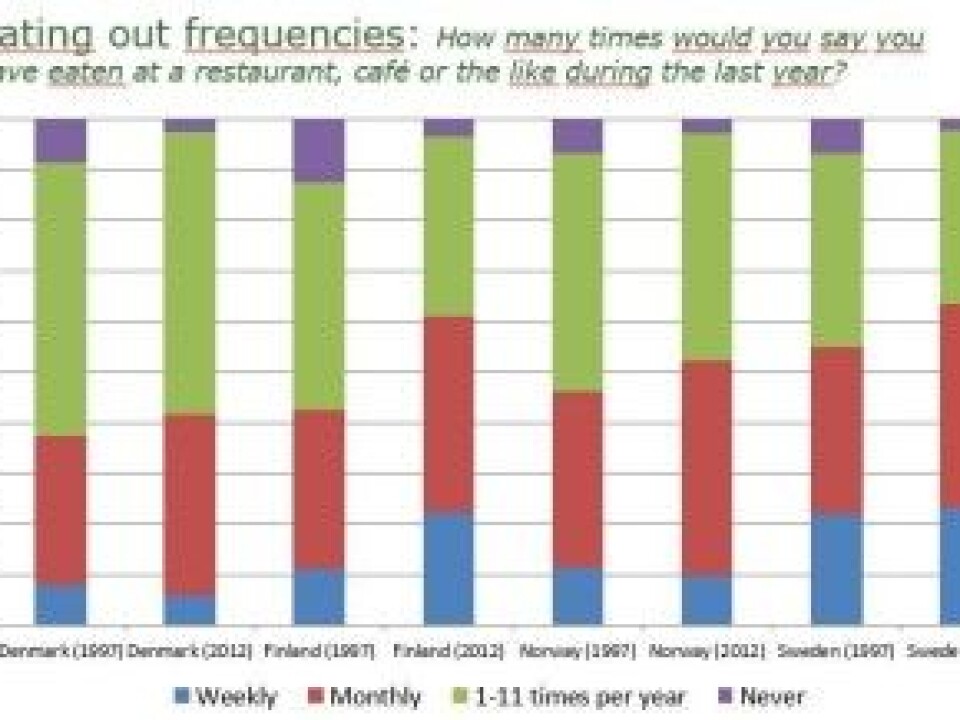
In Norway, komle, a type of potato dumpling, remains a popular dish, served with sausage and salt meat with cabbage broth, carrots, bacon and butter.
In Sweden, pea soup with mustard is typically eaten Thursdays, followed by pancakes with jam for dessert.
In Denmark, a dish called forloren hare, a type of meatloaf, is eaten quite a lot. In Finland, liver stew is a popular dish.
The death of dinner?
Fast food chains first came to the Nordic region in the 1990s. As hamburger and pizza restaurants popped up, sociologists became concerned.
Would the tradition of families eating home-cooked dinners die out? Would everyone instead grab a take-away fast-food meal on their way to and from work and school?
"Many people were worried that sit-down meals were on their way out, and that family life and norms would generally dissolve," researcher Unni Kjærnes said. Kjærnes was responsible for the Norwegian part of the survey.
This was called the grazing hypothesis, an expression derived from the approach that cows and other grazers use to eat — they walk around and nibble.
But the two surveys — one in 1997, the next in 2012 — showed that people in the Nordics didn’t necessarily adopt grazing as a way to eat.
Eight out of ten who responded to the survey said they ate defined meals — breakfast, lunch and dinner — most days of the week.
“Usually we eat at home with the people we live with. People who eat alone do so because they live alone,” Kjærnes said.
And, rather than eat in restaurants, most Nordic people eat dinner at home.
Reference:
Everyday eating in Denmark, Finland, Norway and Sweden - a Comparative Study of Meal Patterns 1997-2012.
-------------------------
Read the Norwegian version of this article at forskning.no






























